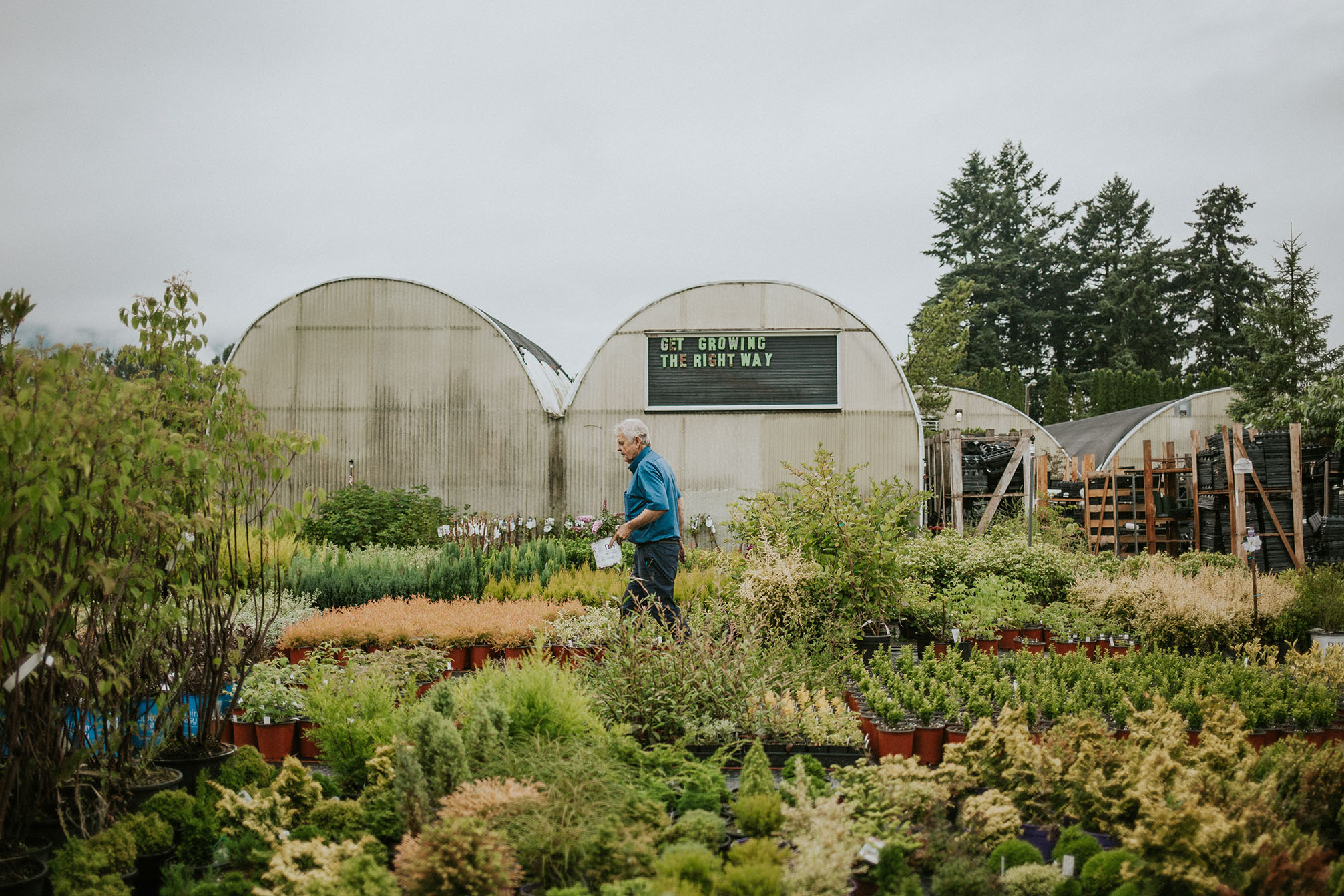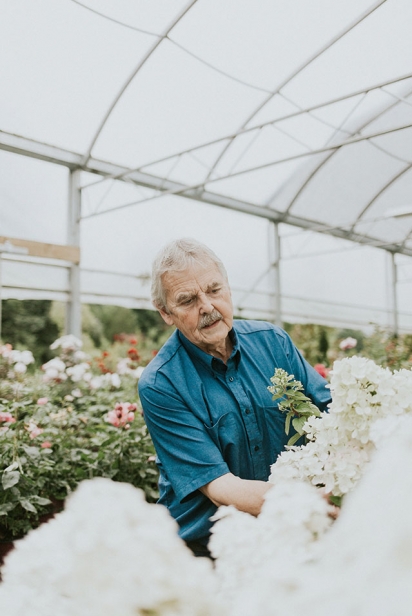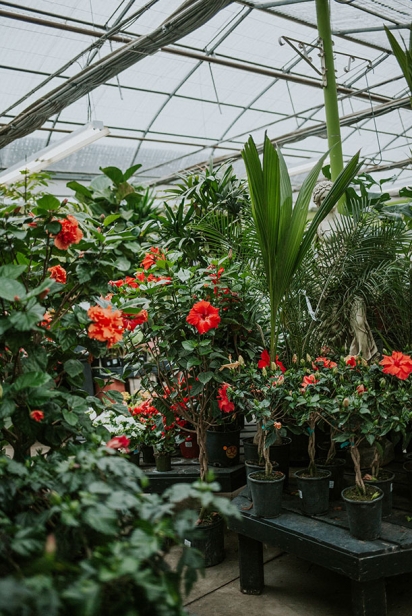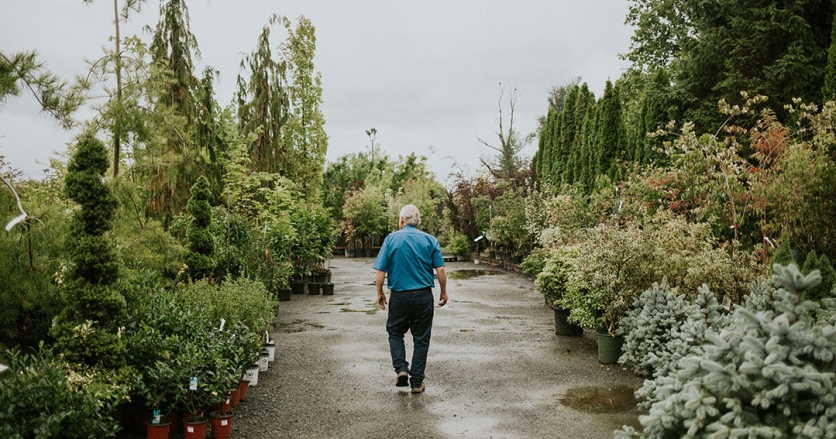Earth's Little Miracle
In Sheri Friesen’s Chilliwack garden, sunflowers grow more than three metres tall and the lettuce is the size of basketballs. Friesen has a natural talent for growing plants, but she also has something else — good soil.
“Soil,” Friesen says, “is a nurturer for all the garden microbes, organisms and insects who also benefit from its qualities. Without these small garden workers, the plants wouldn’t be as healthy.”
Friesen is part of a growing population of home gardeners embracing regenerative gardening. Garden beds aren’t dug up. Instead, they are built up with more soil. The tenets of regenerative gardening forbid the use of pesticides and fertilizers. The soil is fed through natural mulches.
“It’s not complicated,” Friesen says, “It’s making sure the soil is rich in proper nutrients, texture and the composition is just right for proper drainage.”
Don’t disturb the soil
Brian Minter, master gardener, writer, speaker, Order of Canada recipient and owner of Minter Country Garden in Chilliwack, has been offering sound words of wisdom to gardeners across British Columbia for 50 years.
“The first rule of regenerative gardening,” he says, “is not to disturb the soil.” During photosynthesis, plants absorb carbon dioxide from the air, which is filtered through the plants' roots to billions of tiny carbon-breathing bacteria, fungi and protozoa in the soil. They, in turn, secrete proteins that break up the soil, releasing nutrients and minerals essential for healthy plant growth, such as nitrogen, potassium and phosphorous.
Digging and rototilling disturb the soil structure in which microbes live, rendering them ineffective in being able to nourish the garden properly. In a working garden bed, Minter recommends moving the soil only as necessary to plant. When weeding, use a handheld garden trowel to pull a weed out of the ground, trying not to disturb the surrounding area.
Protect the soil
“Never leaving the soil bare or exposed is the second basic tenet of regenerative gardening,” says Minter.
Cleared garden beds cause the soil to dry out and lose cohesiveness. “The best way to keep soil healthy is to make sure you have something planted in the garden all year,” Minter says.
He recommends perennials. These are plants and shrubs, that as a general rule die back to the ground or lose their leaves in winter but whose roots remain active underground all year.
Hydrangea, roses — with their long tap roots — herbs, fruit trees, berry bushes and vegetables such as asparagus and artichokes fall into the perennial category. Native wildflowers, trees and shrubs that have grown in your region for hundreds of years have a symbiotic relationship with local insects, birds and soil organisms. They keep the life beneath the soil fed year-round.
Feed the soil
“In the garden, chemical pesticides and fertilizers have decreased the soil’s natural ability to absorb carbon,” Minter says. Long-term use of nitrogen fertilizer reduces the fertility of plants and, instead of making them stronger, creates a weaker immune system. They become, over time, less resistant to disease from common garden bacteria and fungal infections such as powdery mildew. A better way to fertilize the garden, Minter suggests, is an organic mulch.
Decomposing leaves improve the soil structure as they merge with the soil and create gaps that allow air to pass through it into the roots. They are a source of carbon that feeds the carbon-sequestering organisms in the soil. The best part is that they provide a fresh source of nutrients to the soil every year.
Friesen has two large trees in her garden, a lilac and dogwood. Not only do they bloom profusely in spring but, as their leaves shed in fall, they create a natural fertilizer for the garden.
Healthy soil is like a sponge. Organisms in the soil reach out beyond the plant root to mine nutrients to return to the plant. In doing so, they create tiny tunnels that together with the long reach of the plant’s root, aerate the soil. During periods of heat and drought, the soil stores water in these tiny air pockets. When it rains heavily, water can be filtered through the soil more effectively.
Healthy soil has a breadcrumb-like structure and is dark brown or black in colour. Its earthy smell is caused by the activity of the organisms below the surface.
Back in Friesen’s garden, she scoops up a handful of soil. It’s dark brown and smells like dirt, a sure sign the soil is swarming with life.
Soil, she says is Earth’s little miracle of growth. “It’s the food for nature and the perfect home where beautiful gardens come alive.”
Minter Country Garden
10015 Young Rd., Chilliwack, B.C.
Mintergardening.com | 604.792.6612 | @mintergardening







